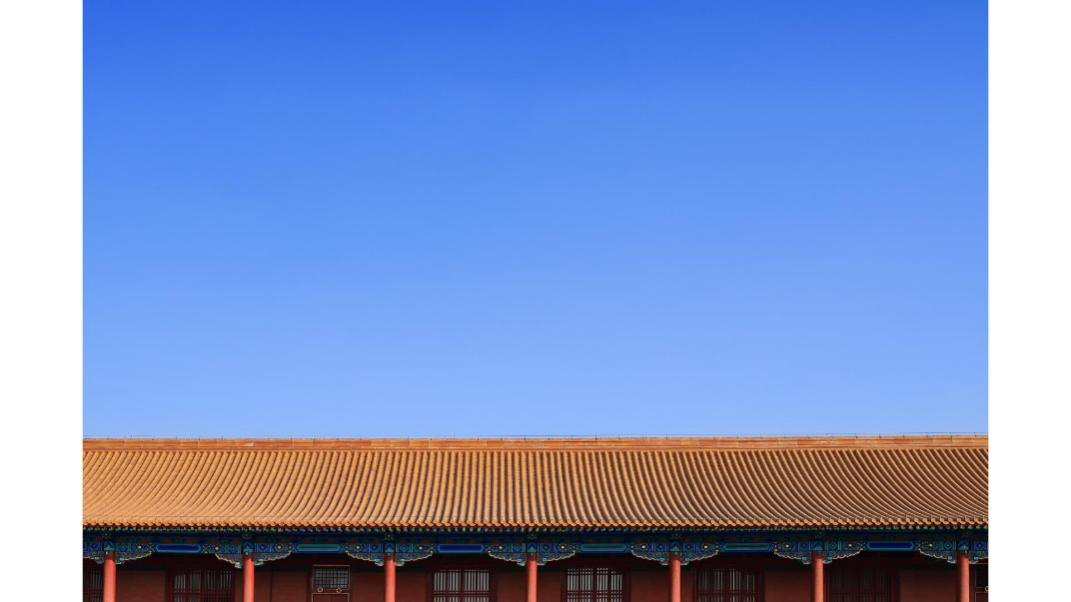Bloomberg New Energy recently announced the ranking of global PV panel manufacturers and suppliers in Q4, 2022. With high-quality and high-efficiency Terra series shingled products, reliable brand reputation, and strong bankability, Tongwei is topped the Tier 1 list, fully reflecting the high recognition of the Tongwei panel by international professional research institutions.
what a shingled panel is? How does it differ from the conventional panels?
What is the production process of a shingled panel? As the name implies, the silicon wafer is cut into several small pieces by laser cutting and stacked and arranged in the form of roof tiles. The cells are electrically connected using adhesive and then laminated and encapsulated. This panel manufacturing process named “shingled”, which is not a new technology, as American scientist D.C. Dickson filed the first patent for a crystalline silicon PV panel in 1956 in a shingled form. After that, the shingled structure was widely used in aerospace, proving its structural reliability.

In 2016, Tongwei gradually started its explorations in the shingled panel and committed to developing and producing shingled products. Through continuous technology and market exploration, Tongwei has formed a Terra shingled panel products with Tongwei characteristics, including Terra-5K, Terra-5E, Terra-N, and other product families focusing on prime distributed scenarios. Terra series conforms to the global trend of carbon reduction, focuses on the goal of green development, safety, and efficiency, and has several significant advantages such as high output and high efficiency, high reliability, environmentally friendly, and beautiful appearance.
So, how does Tongwei lead the development of high-output, high-efficiency panel products?
Thermal Laser Separation (TLS) technology improves the cell strength
Tongwei Terra shingled panels adopt optimized Thermal Laser Separation (TLS) technology. The low-temperature laser is used for dicing the cells to avoid the thermal damage generated during the conventional cutting, greatly improving the cells' mechanical strength, and the cells' cutting surface is flatter and smoother. The experiment shows that the cells produced by lossless laser cutting can pass the mechanical strength test of nearly 200MPa, which is 37Mpa higher than the lossy cutting. The power degradation of Tongwei shingled panels is still less than 0.5% after frontal testing by the maximum load of 8100Pa.
The low-temperature series process increases output power
Unlike the conventional panel, which welds the positive and negative electrodes of solar cells via copper wire and keeps a distance of 2-4 mm between the cells, the shingled panel uses a low-temperature adhesive process to connect the cells in series connection and realizes current transmission through conductive adhesive instead of using metal solder ribbons. Therefore, the output power of the shingled panels will be larger with the same area, which naturally increases the power generation. We have investigated about 50 panel products suitable for rooftop distribution on the market. The average power of a single panel below 2 ㎡ is 400W, and only 10% of the power exceeds 420W. Tongwei Terra 5K is the smallest-size product in the Terra series of P-type cells. It has a size of 1812×1096×30 mm, an area of 1.986 m2, a weight of 20.8 kg, and an output of as high as 430W. It is undoubtedly one of the highest-power mass-produced PERC panels for residential rooftops at present.
High-density encapsulating technology increases efficiency
The Terra family starts from the first principle, and the high-density encapsulation creates high-efficiency and high-quality products. The product conforms to the industry trend, explores the flexibility of the shingled products, realizes the perfect compatibility of system installation, and meets various system access scenarios. Looking back at the development history of PV, the cell iterates from polysilicon to monocrystalline, the panel size iterates from small to large, and the continuous pursuit of high efficiency and high power has always been the central theme of PV development. The high-density encapsulating technology is the primary means to improve panel efficiency. Tongwei Terra have realized an industry-leading 95.2% active area ratio through high-density layout, with a conversion efficiency of as high as 21.7% in the P series.
Technology leads innovation and moving towards the N-type era!
As a world-leading developer of the whole PV industrial chain, Tongwei has invested a lot of capital, human resources, and time costs since 2020 to develop the "TNC" cell technology with Tongwei characteristics, which has injected vigorous vitality into the new industry development cycle. In 2023, the Tongwei panel fully strides towards the "N" era. The Terra series combines the roof design of mainstream European residential houses and the demands for high-powered and aesthetics in the residential market. Tongwei independently developed the first N-type panel product named "Terra-N," with a small size of a single panel of 1696×1134×30mm and a higher conversion efficiency of up to 22.4%. Terra-N cleverly combine the "H"+"S" concept, i.e., "Half-cut" cell technology +"Shingled" encapsulation concept, which makes it more flexible in the application of high power and high efficiency. In the future, Tongwei will bring its premier Terra series to provide more efficient, reliable, and environmentally friendly Tongwei power for global new energy development and green transformation!
